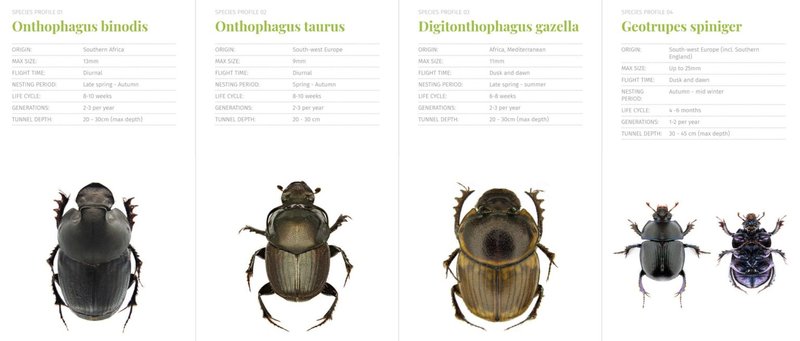
Think of the dung beetle as nature’s sanitation worker. They roll up animal waste into balls, which they use for food and breeding grounds. It’s a wild job, but it plays a huge role in recycling nutrients back into the soil. Now, you might be wondering, how does this beetle compare to other insects that do similar work? Let’s dig in!
What Makes Dung Beetles Unique?
Dung beetles belong to the family Scarabaeidae and are found all over the world. They come in many shapes, sizes, and colors, but they all have one thing in common: they feed on dung. This might sound gross, but it’s crucial for our ecosystem. By breaking down waste, they help return nutrients to the soil, which benefits plants and other animals.
Interestingly, there are three main types of dung beetles: rollers, tunnelers, and dwellers. Rollers scoop up dung and roll it away, often creating ball-shaped food reserves. Tunnelers dig tunnels for the dung, while dwellers live in the dung itself. These different behaviors ensure that dung beetles can thrive in various environments, from farms to forests.
Comparing Dung Beetles to Pill Bugs
Now, let’s take a look at pill bugs, also known as roly-polies. While they aren’t insects (they’re actually crustaceans), they do share some similarities with dung beetles. Both types of creatures help break down organic matter, contributing to soil health.
Pill bugs are more commonly found in damp, dark places like under rocks or decaying leaves. Instead of focusing on dung, they break down decaying plant material. So, while they might not roll up dung like our beetle friends, they’re still essential in recycling nutrients back into the ecosystem, albeit in a different way.
Dung Beetles vs. March Flies: Different Roles in the Ecosystem
March flies may not be as well-known, but they play a crucial role in the ecosystem too. These flies are often found near dung as they lay their eggs in it. The larvae then feed on the dung, just like dung beetles do.
However, unlike dung beetles, march flies don’t actively break down waste. They utilize it more as a breeding ground. This difference highlights the distinct roles different species play, even when they seem to be doing similar things at first glance. It’s a fascinating example of how diverse nature can be!
How Do Dung Beetles Compare to Ants?
Ants also play an important role in waste management, but they go about it differently. While ants are known for scavenging and foraging, they don’t specialize in dung like dung beetles. Instead, ants help break down a wide variety of organic materials, including leftover food and dead animals.
Some ant species even farm aphids for their honeydew, which adds another layer to their environmental impact. So, while ants and dung beetles share responsibilities in cleaning up the ecosystem, their methods and the types of waste they focus on vary significantly.
The Ecological Impact of Dung Beetles and Their Relatives
So, why does understanding dung beetles and similar insects matter? For starters, they contribute to soil health and improve plant growth. By breaking down the dung, they help recycle nutrients, making them available for growth. This process can lead to healthier crops and more vibrant ecosystems.
Moreover, studies have shown that areas with high dung beetle diversity often have lower populations of disease-causing parasites. This means that they may play a role in controlling pests and disease in livestock, making them invaluable for agricultural sustainability.
Protecting Dung Beetles and Their Habitats
With their vital role in the environment, dung beetles face threats from habitat destruction, pesticide use, and climate change. Protecting their habitats is crucial for maintaining their populations.
You can help by supporting local farming practices that promote biodiversity, reducing pesticide use, and advocating for cleaner environments. Simple actions like composting can also create a welcoming habitat for dung beetles and their relatives, helping them thrive.
Dung beetles and their similar insect relatives may not get the same love as butterflies or ladybugs, but they’re essential to our ecosystems. By understanding their roles and the differences between these creatures, we can better appreciate just how interconnected all life on Earth is.
Next time you see a dung beetle, remember—their hard work keeps our environment healthy, and they deserve a round of applause for their often-overlooked contributions to nature! So let’s not forget these tiny heroes as we explore the wonders of the insect world.
